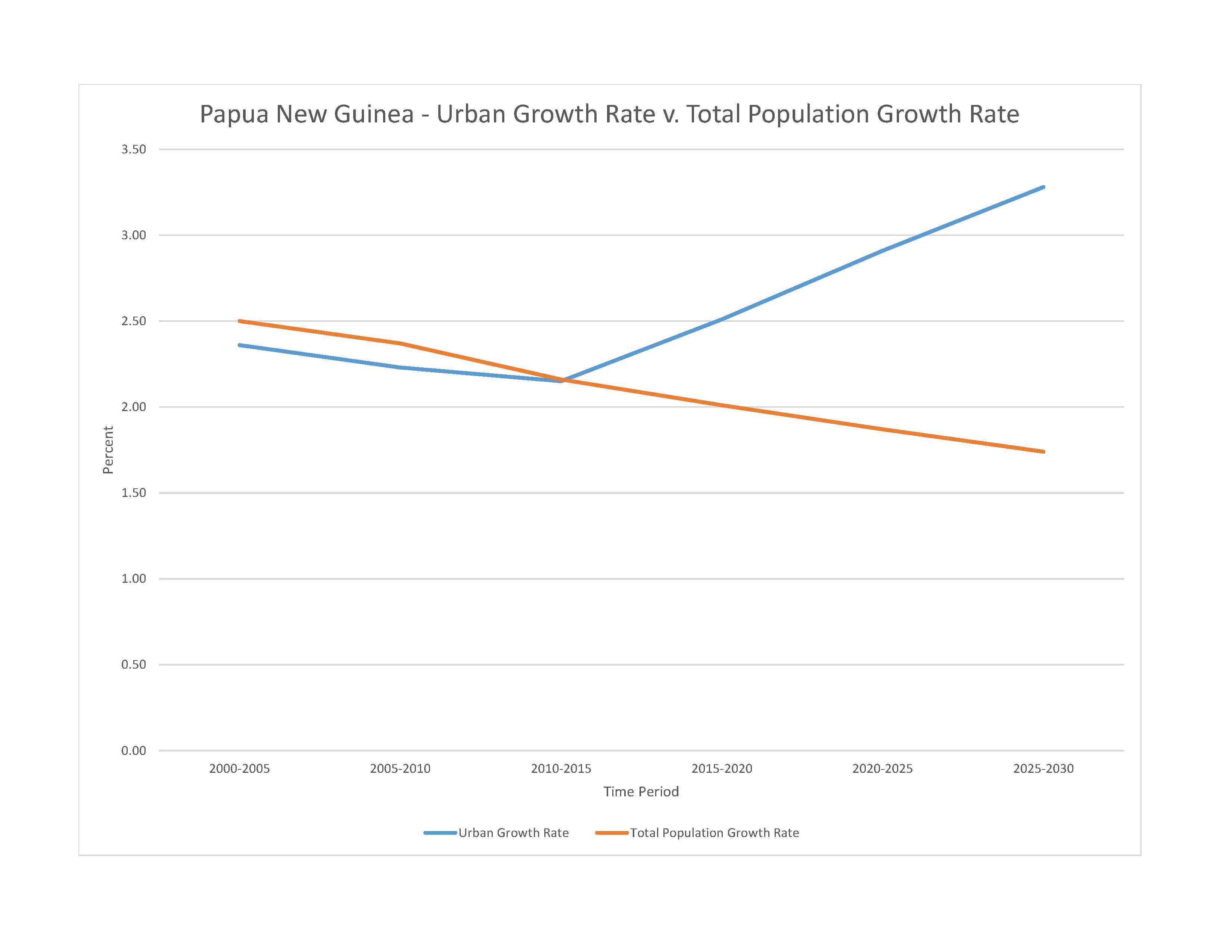
rain forest loss as a result of growing commercial demand for tropical timber; unsustainable logging practices result in soil erosion, water quality degredation, and loss of habitat and biodiversity; large-scale mining projects cause adverse impacts on forests and water quality (discharge of heavy metals, cyanide, and acids into rivers); severe drought; inappropriate farming practices accelerate land degradion (soil erosion, siltation, loss of soil fertility); destructive fishing practices and coastal pollution due to run-off from land-based activities and oil spills
party to: Antarctic Treaty, Biodiversity, Climate Change, Climate Change-Kyoto Protocol, Climate Change-Paris Agreement, Desertification, Endangered Species, Environmental Modification, Hazardous Wastes, Law of the Sea, Marine Dumping-London Convention, Nuclear Test Ban, Ozone Layer Protection, Ship Pollution, Tropical Timber 2006, Wetlands
signed, but not ratified: Comprehensive Nuclear Test Ban
tropical; northwest monsoon (December to March), southeast monsoon (May to October); slight seasonal temperature variation
agricultural land: 2.6% (2018 est.)
arable land: 0.7% (2018 est.)
permanent crops: 1.5% (2018 est.)
permanent pasture: 0.4% (2018 est.)
forest: 63.1% (2018 est.)
other: 34.3% (2018 est.)
urban population: 13.7% of total population (2023)
rate of urbanization: 2.91% annual rate of change (2020-25 est.)

2.08% of GDP (2018 est.)
0% of GDP (2018 est.)
particulate matter emissions: 8.89 micrograms per cubic meter (2019 est.)
carbon dioxide emissions: 7.54 megatons (2016 est.)
methane emissions: 11.05 megatons (2020 est.)
municipal solid waste generated annually: 1 million tons (2014 est.)
municipal solid waste recycled annually: 20,000 tons (2016 est.)
percent of municipal solid waste recycled: 2% (2016 est.)
Sepik river source and mouth (shared with Indonesia) - 1,126 km; Fly river source and mouth (shared with Indonesia) - 1,050 km
municipal: 220 million cubic meters (2020 est.)
industrial: 170 million cubic meters (2020 est.)
agricultural: 1 million cubic meters (2020 est.)
801 billion cubic meters (2020 est.)
NOTE: The information regarding Papua New Guinea on this page is re-published from the 2024 World Fact Book of the United States Central Intelligence Agency and other sources. No claims are made regarding the accuracy of Papua New Guinea 2024 information contained here. All suggestions for corrections of any errors about Papua New Guinea 2024 should be addressed to the CIA or the source cited on each page.
This page was last modified 04 May 24, Copyright © 2024 ITA all rights reserved.